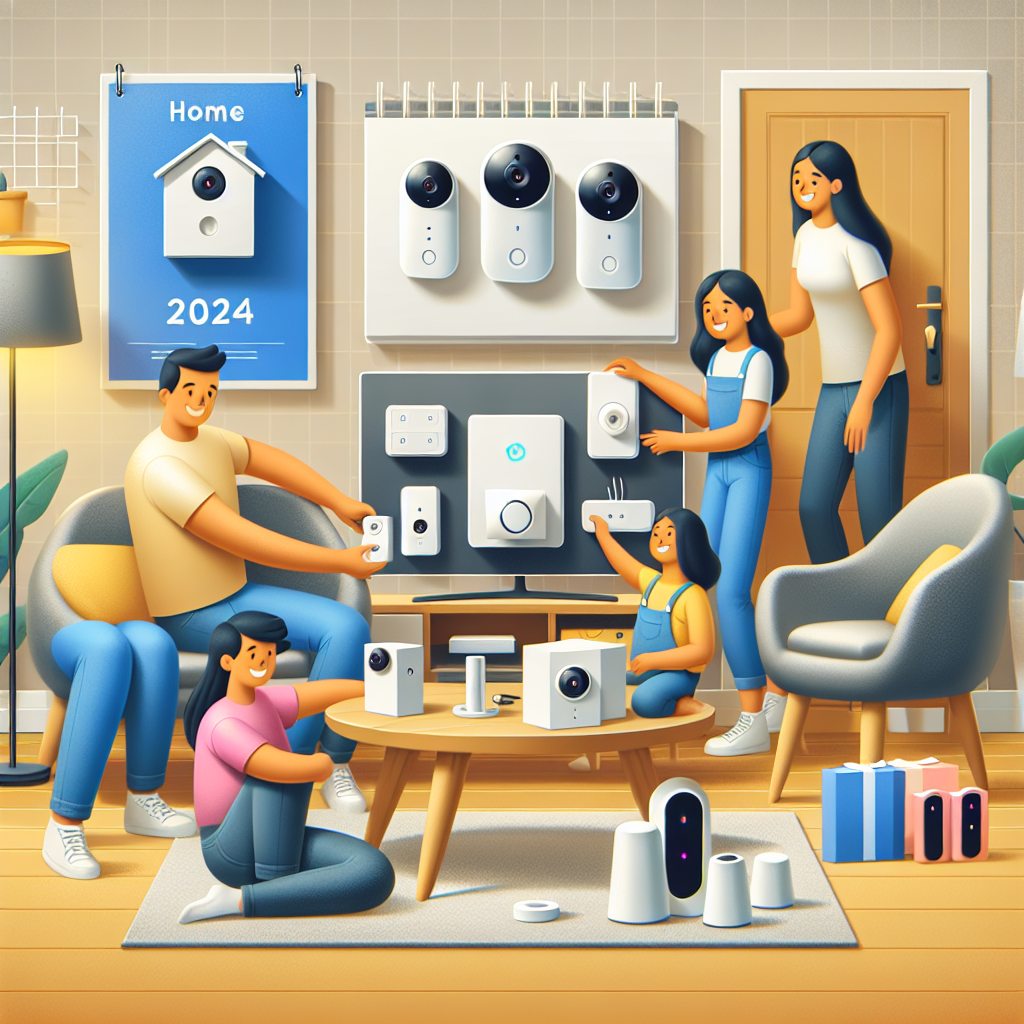When it comes to selling your home, creating a neutral and depersonalized space is key to attracting a wide range of potential buyers. While your home may hold sentimental value to you, it’s essential to remember that buyers are looking for a blank canvas they can envision making their own. In this guide, we’ll explore strategies for neutralizing your space to enhance its marketability and increase your chances of a successful sale.
Why Depersonalization Matters
Depersonalizing your home involves removing personal items, such as family photos, heirlooms, and unique decor, to create a neutral and impersonal environment. While these items may hold sentimental value to you, they can be distracting to potential buyers and make it difficult for them to imagine themselves living in the space. Depersonalizing allows buyers to envision themselves and their belongings in the home, making it more appealing and increasing the likelihood of a sale.
Tips for Neutralizing Your Space
1. Remove Personal Items
Start by removing personal items such as family photos, personal collections, and memorabilia from the space. This helps create a clean and clutter-free environment that allows buyers to focus on the features of the home rather than your personal belongings.
2. Declutter and Simplify
Next, declutter and simplify the space by removing excess furniture, knick-knacks, and other unnecessary items. This will make the rooms appear larger and more spacious, which is appealing to potential buyers.
3. Stick to Neutral Colors
When choosing paint colors, furniture, and decor, stick to neutral tones such as white, beige, or light gray. Neutral colors create a blank canvas that allows buyers to envision their own style and decor preferences in the space.
4. Minimize Personalization
Avoid decorating with overly personal or unique items that may not appeal to a broad audience. Instead, opt for timeless and universally appealing decor that will appeal to the majority of buyers.
The Benefits of Depersonalization
Depersonalizing your home offers several benefits when it comes to selling your property:
- Increased Buyer Appeal: A neutral and depersonalized space is more appealing to a wider range of buyers, increasing your chances of a successful sale.
- Quicker Sale: By allowing buyers to envision themselves living in the space, depersonalization can help your home sell more quickly.
- Higher Offers: Homes that are depersonalized and staged tend to receive higher offers than those that are not.
Conclusion
Neutralizing your space for sale is an essential step in the selling process that can greatly impact the success of your sale. By depersonalizing your home and creating a neutral and inviting environment, you can attract more buyers, sell your home more quickly, and ultimately achieve a higher sale price. Whether you’re selling your home on your own or working with a real estate agent, taking the time to neutralize your space is well worth the effort.



